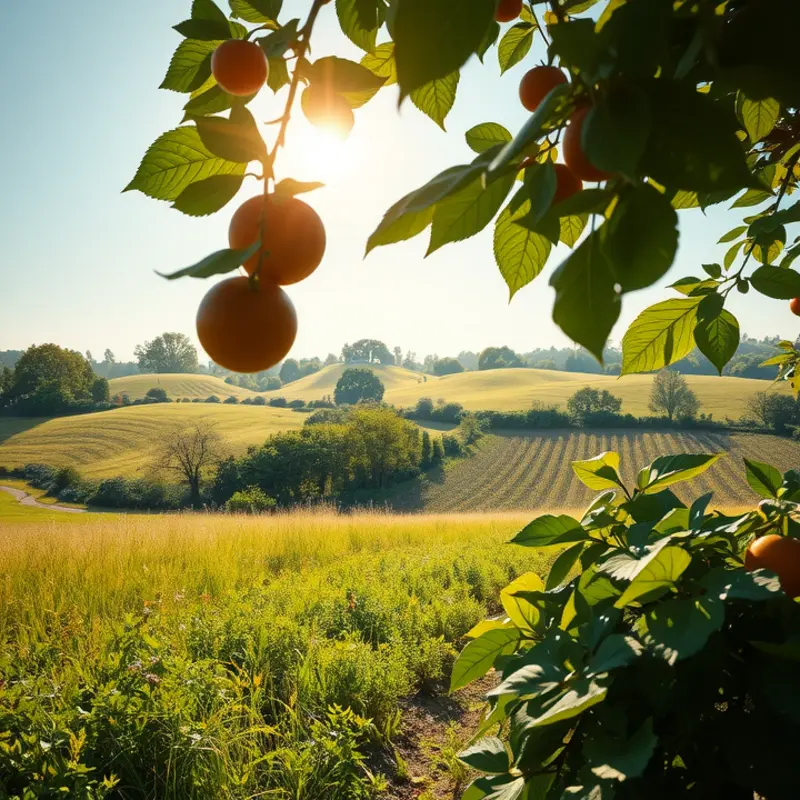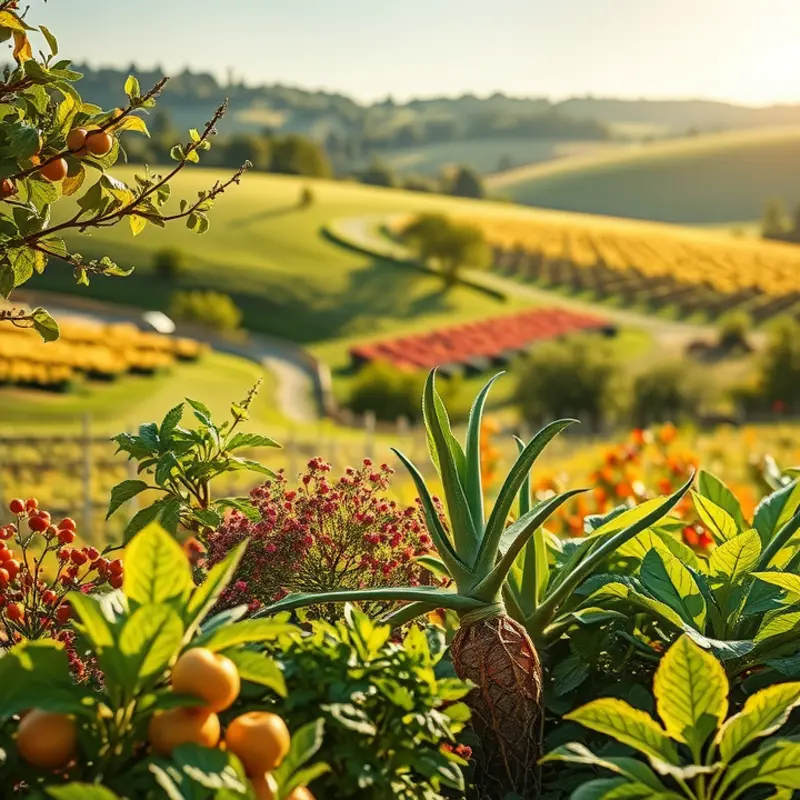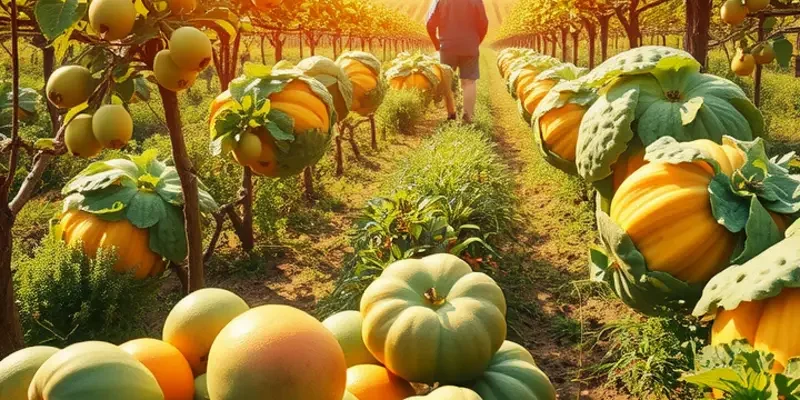Baking stones have graced kitchens around the world, from the pizzerias of Naples to the hearths of ancient civilizations. These unassuming slabs of stone embody rich histories and unique culinary traditions, offering insights into the practices that elevate baking to an art form. By exploring various cultures, we uncover the diverse materials, techniques, and cultural significance behind these treasured tools. Each baking stone tells a story—one of community, heritage, and a deep love for baked goods.
The Roots of Baking Stones: From Earth to Oven

Baking stones, though perhaps not the flashiest of culinary tools, are deeply embedded in the fabric of global food traditions. Their origins can be traced to ancient civilizations, where the need to efficiently cook bread and pastries led to the development of these versatile stones. This chapter delves into the diverse materials and cultural adaptations that have marked the journey of baking stones from the earth to our ovens.
Terracotta is one of the earliest materials used for baking stones. Dating back to the era of ancient Mesopotamia, civilizations utilized locally-sourced clay to craft vessels and baking surfaces. The porous nature of terracotta allowed it to provide a unique, uniform heat distribution, perfect for baking flatbreads and keeping grains dry—an attribute that cultures, like the Greeks and Romans, widely embraced. The technique of making terracotta baking stones spread as an integral part of the Mediterranean culinary tradition, reflecting the clay’s availability across the region.
In colder climates, such as the Nordic regions, soapstone became the material of choice. Known for its excellent heat retention, soapstone baking stones have found favor for centuries in Scandinavian cooking. The abundance of this metamorphic rock allowed communities to bake hearty loaves that held warmth against the chill. Even today, soapstone remains revered for its ability to sear evenly and cool slowly, which is particularly beneficial in these climates.
Moving southward, we find the use of granite in regions such as India. Here, granite’s durability and smooth surface have found multiple culinary applications, including its role as a baking stone. Indian households have long utilized granite slabs for baking flatbreads like naan and roti, owing to the stone’s capacity to withstand high temperatures and maintain consistent heat levels. This is a testament to how the geography and available resources have shaped cooking techniques, leaving an indelible mark on traditional practices.
Baking stones have adapted to the needs and natural resources of various cultures, and this adaptability has allowed their use to persist through centuries. Among Native American tribes, such as the Pueblo peoples, local sandstone was fashioned into griddles for baking tortillas and other flatbreads. These stones were often heated in open fires, illustrating an ancient technique that adapted to the materials at hand.
The historical significance of baking stones is underscored by the way they have nurtured culinary craft. As we explore the integration of these stones in traditional cooking, it’s clear that baking stones have transcended their humble beginnings. By leveraging regional materials, these stones continue to enhance flavors and textures, creating a link between the past and present culinary worlds. Their enduring presence is a remarkable testament to human ingenuity and reliance on the earth’s offerings.
While bolstering our understanding of diverse baking practices, we also uncover how culinary influences often traveled along ancient trade routes, subtly nodding to interconnections across civilizations (further explored here).
Baking Stones Around the World: Cultural Practices and Techniques

Baking stones have been integral to culinary traditions worldwide, each culture offering unique techniques and flavors. Among these, the Middle Eastern taboon stands out for its rich historical significance. Traditionally, a taboon is a clay oven heated by an open fire, frequently used for baking flatbreads. The stone’s even heat distribution gives these breads their distinct texture and flavor, enhancing simple flour, water, and salt to mouthwatering perfection.
In Italy, the baking stone takes the form of a pizza stone, a tool revered in crafting authentic pizzas. These stones mimic the high-temperature conditions of a traditional pizza oven, allowing the crust to achieve the desired crispness within a short bake time. Each region in Italy may infuse its distinct twist, using local ingredients that highlight the freshness and culinary mastery we associate with Italian cuisine.
Venturing further east, the Mongolian Burkhan offers a unique culinary practice, less known yet equally intriguing. The Burkhan stone cooking method involves placing heated stones into a pot with meat and vegetables. As the stones sear the mix, they impart a smoky, earthy flavor distinctive to the Mongolian landscape. The communal aspect of sharing a meal cooked with Burkhan stones highlights the importance of social bonds over food.
These baking stones are more than mere tools; they are facilitators of community and tradition. Families gather, drawn by the aroma and warmth these stones produce. In the Middle East, family and friends celebrate around freshly baked bread. Italian households, often bustling with lively conversation, see family members working together to prepare pizzas. Meanwhile, the Mongolian Burkhan gatherings transform cooking into a shared cultural ritual.
Each baking stone experience opens a window into cultural values, echoing timeless customs. Whether a subtle change in ingredients or the adaptive use of technology, baking stones unite people around a shared hearth. Explore deeper into these cultural influences by considering the broader scope of how trade and geography shape culinary practices at this insightful article. Understanding the use of baking stones is not just about the culinary technique; it delves into the heart of human connection and community heritage, revealing global tales intricately linked by tradition.
Final words
Baking stones symbolize more than just tools for cooking; they represent the intersection of culture, history, and community. By connecting with these traditions, we not only honor the ancestral practices of bakers around the world but also enhance our appreciation for the food we create. From the simple pie to the intricate bread, each bite is a testament to the artistry and time-honored techniques passed down through generations. Embracing the diverse baking traditions allows us to celebrate our shared humanity through the universal language of food.








